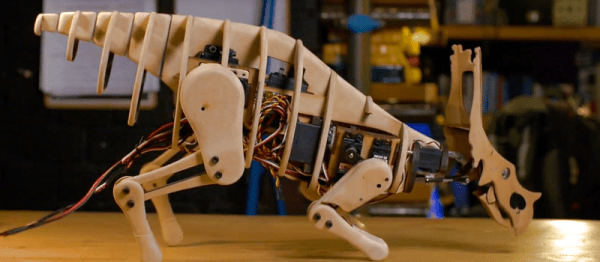Even with all the hamster wheel trackers out there (and on this site) there’s room for improvement. [Bogdan] upgraded his hamster wheel from an Arduino and datalogging shield to an ESP32, and unleashed some new capabilities one does not ordinarily associate with hamster wheels.
[Bogdan]’s project logs distance in feet, duration of current session in time, RPM, overall revolutions, speed in MPH, and overall number of sessions, as well as a couple of system monitoring stats. It also tracks multiple wheels, as [Piontek] (the hamster) has two. However, thanks to the ESP32, [Bogdan]’s wheel tracker tweets its stats and updates a ThingSpeak dashboard with [Piontek]’s workouts.
In addition to its functionality, [Bogdan] made a point to make the project look and feel FINISHED. He designed custom 3D parts including a front plate, hooks for attaching the control box to the cage, and mounts for attaching the sensor to the wheel.
Continue reading “ESP32 Hamster Wheel Tracker Tweets Workout Stats”


















